Why Veg? For Human Rights
Although we often think of animal agriculture as harming animals, it also causes both direct and indirect harm to humans, often disproportionately affecting communities of color and/or low-income regions.
World Hunger
Plant-based diets support food security. According to The Hunger Project, in 2021, 828 million people do not have enough to eat. That’s over one in nine people on the planet. 21,000 people die of hunger, or from causes related to hunger, every single day. If everyone ate a vegetarian diet, 10 billion people could be fed with the amount of cropland that currently exists. Much of our land resources is being used to grow feed for livestock, and we could feed an additional 3.5 billion people if the grains grown to feed animals used for food were instead fed directly to people as plant-based food sources. In the United States alone, 800 million people could be fed with the food we are feeding to farmed animals. Despite its huge amount of land and water use, animal agriculture yields relatively little food (for example, it takes 12 pounds of grain to produce just one pound of beef). Our demand for meat is monopolizing cropland and water supplies that could otherwise be used to grow a supply of plant-based nutrition that the research shows could eradicate world hunger and feed exponentially more people.
Impacts on Low Income Communities and Communities of Color
Industrial factory farms (particularly what are known as CAFOs, confined animal feeding operations), are disproportionately built in communities with majority populations of people of color and/or low income individuals. As a result, these communities are bearing the brunt of the negative health and environmental consequences of these facilities being nearby. These negative impacts include the unpleasant odor of animal waste that prohibits people from spending time outside near their homes, long-term and major health issues such as asthma that developed from being exposed to polluted air and contaminated water sources & land for generations. In North Carolina, where pigs are said to outnumber people, schools with higher percentages of students of color and students who rely on school lunch programs were, on average, fewer than 5 miles away from industrial pig farms. In contrast, higher income and more predominantly white schools were more than twice as far away from these farms on average.
Human Rights Violations Against Slaughterhouse Workers
Slaughterhouse work takes a mental and physical toll, with a turnover rate that often exceeds 100%. Production rates have continued to increase as demand for animal products has risen, and safety standards are abysmal, according to a Human Rights Watch report. In the US, the slaughterhouse industry disproportionately employs undocumented and vulnerable workers who fill these positions in part because they are easy to obtain even if they are unauthorized to work. Workers are at-will employees that can be fired at any time, even for something as simple as reporting a job injury. As a result, job injuries are underreported despite slaughterhouse work being among the most risky of work. Production moves so quickly that breaks are discouraged or flat-out denied, even for going to the bathroom. Other physical risks include strain injuries and lacerations resulting from the approximately 30,000 cuts a single worker can make in a day. Beyond the physical demands, there are deep psychological implications for the workers surrounded by that much violence and death every day. In her paper on the subject, researcher Jennifer Dillard dives into the consequences of slaughterhouse work on those who endure it. Witnessing and physically inflicting violent deaths upon what amounts to thousands of animals “processed” in a day causes PITS (Perpetration-Induced Traumatic Stress), as well as Dissociation or Doubling, where the individual will manifest two separate selves in an attempt to compartmentalize the acts they are committing, and separate those acts from the people they otherwise believe themselves to be. There is also a long-documented correlation between traditional animal abuse and domestic abuse according to the same paper. It can be easy to demonize the individuals who work at slaughterhouses, but they too are the victims of an industry only concerned with the bottom line. Vote with your dollar to create a world with more compassion for all.
More resources:
A Well-Fed World, Food Empowerment Project, Institute for Humane Education
